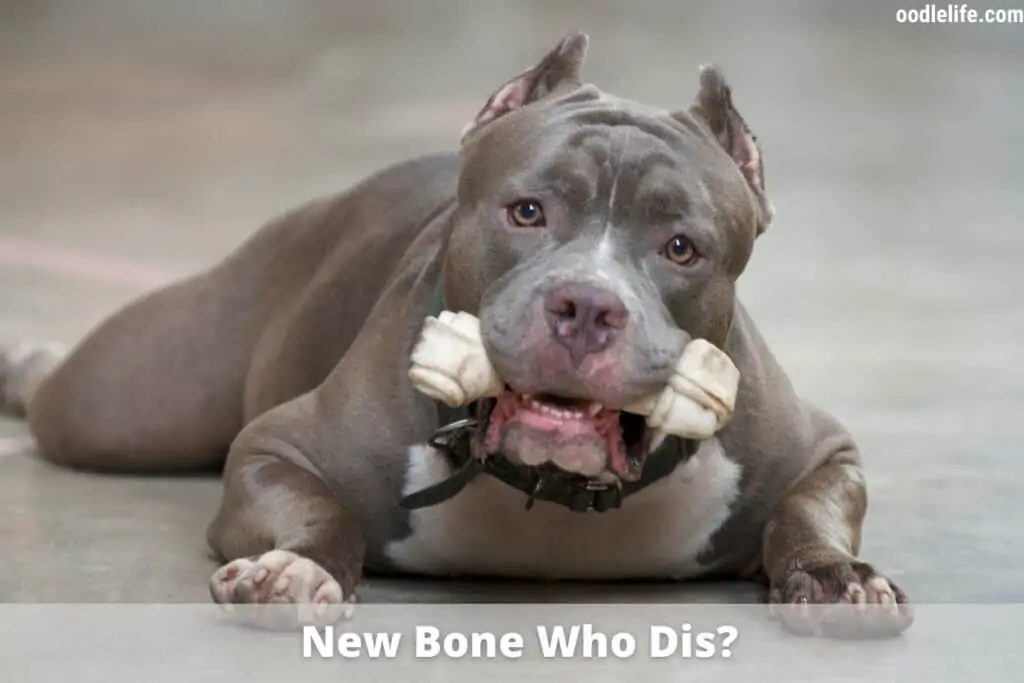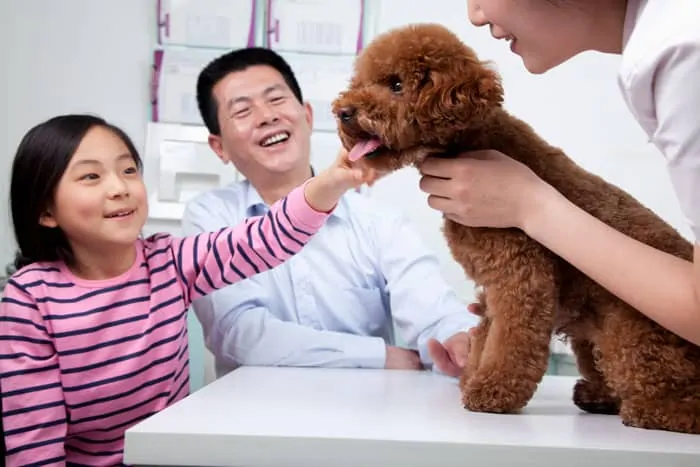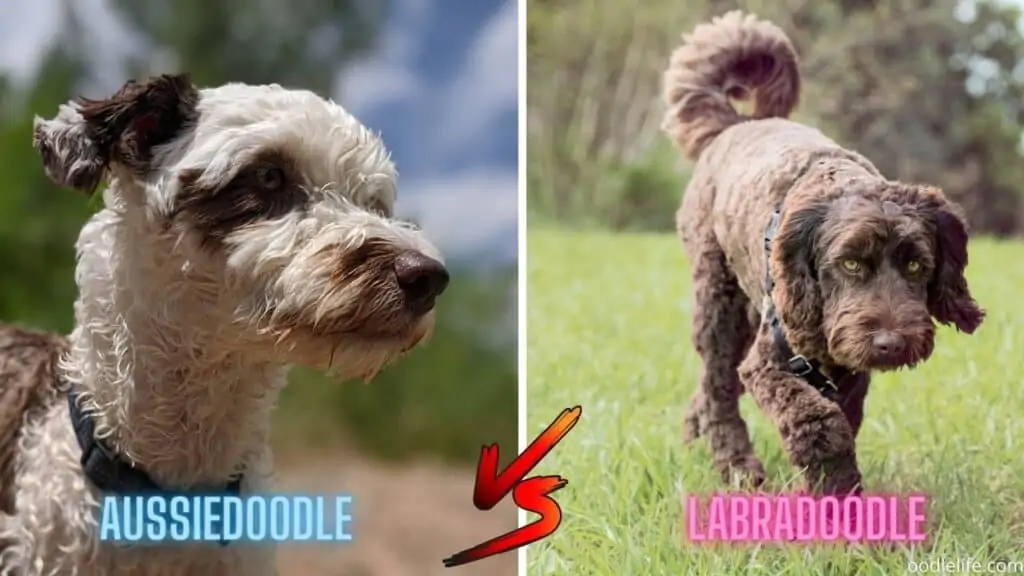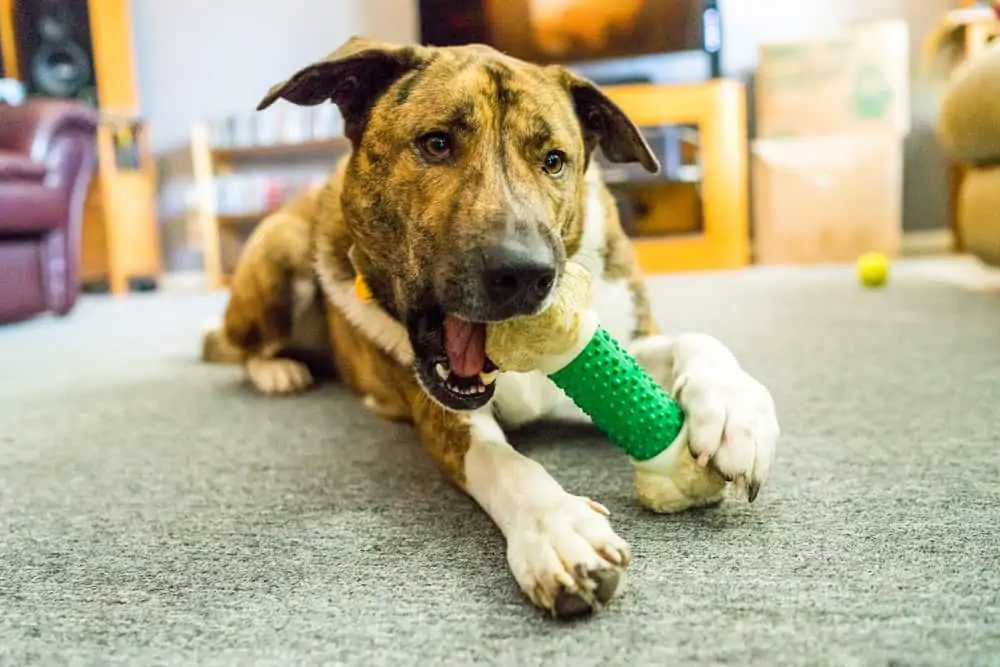My Dog Ate a Rib Bone [How Bad Is It?]
After a finger-licking rib barbecue, it can be tempting to offer up a bone or two to our four-legged family members. As much as your dog might appreciate a spare rib bone, though, it can pose a serious health risk.
While rib bones won’t always cause problems, any cooked bone has the potential to splinter as your dog chews it. Sharp bone shards can lead to a whole host of digestive issues that may prove fatal in some cases.
Here, I’m going to go over how to tell if your dog is in danger after eating a rib bone and what you can do about it.

Can Dogs Eat Rib Bones?
As a general rule of thumb, you should never give your dog cooked bones. They are more likely to break and splinter than raw bones, which can lead to sharp bone shards entering your dog’s digestive tract.
In most cases, ingesting a small amount of bone won’t cause too much damage. It will either dissolve in the stomach or pass in the stool. Larger fragments, however, can pose a threat to your dog’s health, especially in smaller breeds.
If your dog has ingested any rib bones, you should monitor things closely for the next couple of days. If you notice any changes in health or behavior, you should take your pet to a vet as soon as possible. In severe cases, rib bone shards may need to get removed through surgery.
The Dangers of Rib Bones
Cooked rib bones pose a number of potential health hazards to dogs. It’s easy for an avid chewer to break down bone into sharp, tiny splinters that can cause potentially fatal damage.
Mouth Injuries
As dogs chew on cooked bones, splinters that break off can rip into the soft tissue of the gums, tongue, and upper throat. Not only is this uncomfortable for your pup, but it can lead to serious infection if left untreated.
Intestinal Blockage
Larger chunks of rib bone can break off during chewing and may end up getting stuck in the intestines. This can block the bowel and reduce blood flow to essential tissues. It may also perforate the gut lining and lead to internal bleeding. If your dog appears constipated after eating rib bones, it’s important to get to a vet as quickly as possible in case of obstruction.

Tissue Perforation
Sharp bone shards pose a risk to the relatively delicate lining of the esophagus, stomach, and intestine. Even small splinters can perforate this tissue, leading to internal bleeding and sepsis. If you notice black, tarry stools after your dog eats rib bones, it could mean they are passing blood. You should see a vet as soon as possible to treat potential perforation.
Inflammation and Peritonitis
When sharp objects damage the peritoneum, or gut lining, it can lead to infection and inflammation. This condition is known as peritonitis and can be fatal if left untreated. If you suspect your dog may be suffering from peritonitis after eating rib bones, they may likely need emergency surgery.
Passing Rib Bones
It can take anywhere between 24 and 72 hours for dogs to pass a rib bone. Time depends on the amount eaten, how the bones were prepared, and the size and breed of the dog.
In some cases, fragments will dissolve in the stomach. However, larger bone fragments will often make their way to the intestines. If your dog eats a rib bone, you should monitor its stool to check for signs of fragments.
You can help rib bones to pass more easily by feeding your pooch something bulky such as bread. It will act as a cushion for any splinters passing through the digestive tract, helping to protect the lining of the stomach and intestines. Pumpkin can also help to increase stool mass and protect the bowels while also aiding digestion.

What to Do If Your Dog Ate a Rib Bone
If our dog has eaten a rib bone, the first thing to do is check the mouth and throat to ensure that there is no damage to the tongue or gums. If shards of rib bone get lodged in mouth tissues, it may lead to infection and interfere with your dog’s ability to maintain a healthy diet.
If there is no sign of trouble around the mouth, you should wait a couple of days to see if the rib bone passes without trouble. Hopefully, you should see bone shards reappear within 72 hours of consumption.
As you monitor your dog, you should also be on the lookout for any signs of discomfort or distress. If you notice any of the following symptoms, you should see your vet immediately:
- Nausea or vomiting
- Changes in appetite
- Whimpering or pain, especially around the stomach
- Dark, tar-like stools
- Lethargy
- Constipation
- Respiratory issues
Your vet will examine your dog for any internal bleeding or blockages so that you can take appropriate action. In some cases, your dog may need emergency surgery to remove fragments of rib bone from the mouth, stomach, or intestines.

Safe Alternatives to Rib Bones for Dogs
If your dog loves to chew, there are plenty of alternatives to cooked rib bones that are sure to entertain for hours on end.
Unlike cooked bones, raw bones won’t splinter under pressure and are safe for dogs. They also help keep teeth and gums healthy while providing plenty of healthy protein, vitamins, and minerals. You can find dog-safe bones at your local pet store or remove bones before cooking meat.
Keep in mind that dogs, like humans, are susceptible to food poisoning from bacteria such as salmonella. Though food poisoning is rarely lethal, it can lead to vomiting and diarrhea. Always buy your bones from a trusted source such as your local butcher and maintain strict hygiene practices in your kitchen.
Chew toys also offer a safe and fun alternative to rib bones. You can find toys available in a variety of shapes, sizes, and textures to suit your dog’s preferences. Some are even infused with meaty flavors to make your pup feel like they’re chewing on a real bone.
When picking out a chew toy, always make sure to choose one made of a safe, non-toxic material. It’s also best to look for toys that are large and tough enough that they won’t get lodged in your dog’s mouth and pose a choking hazard.
- See if smoked bones are safe for dogs
- How to safely cook chicken for dogs
- Is raw bacon OK for dogs?
- What to do if your dog eats ham bones